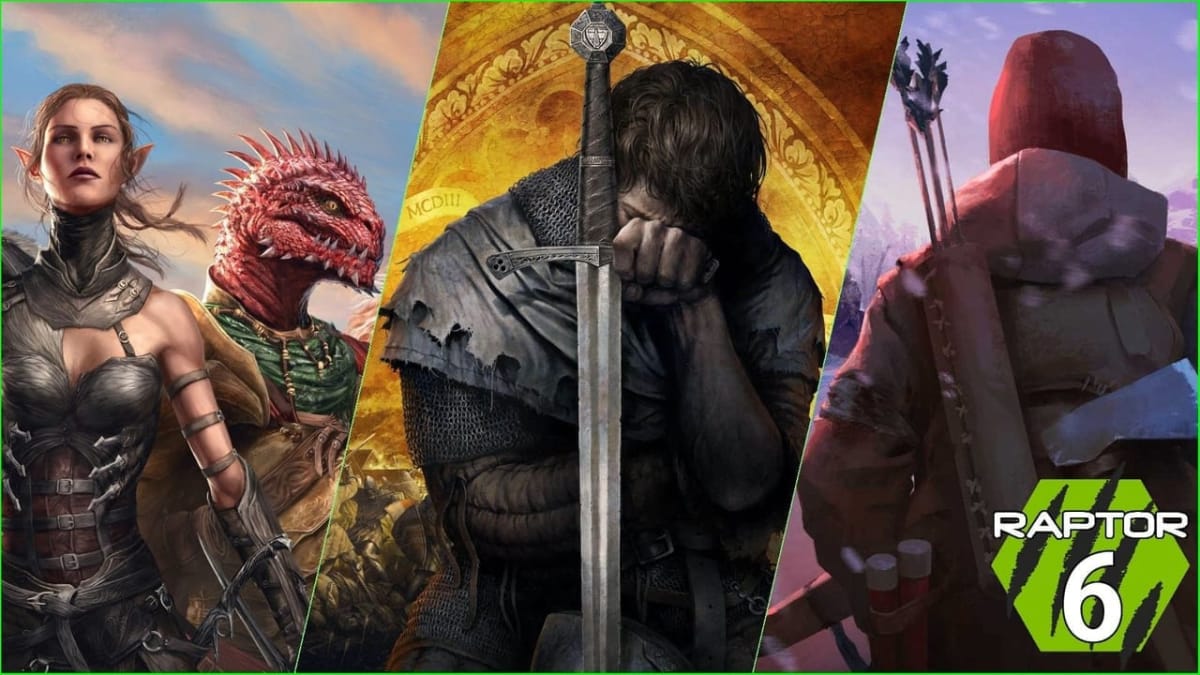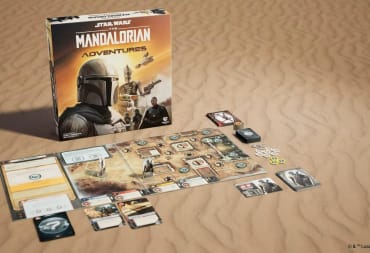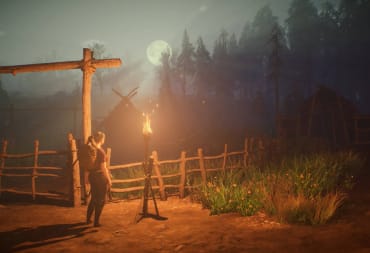In the games industry, success isn’t always easily measurable. The starting-point assumption is that the more sales, the more success, but there are several cases of games that sold millions of copies and yet cannot be truly considered successful due to poor critical reception and/or poor engagement with their playerbases. Success, in an industry where the product increasingly becomes a long-term service, is more about achieving the right balance between commercial and critical reception while keeping the playerbase engaged beyond the initial release.
When it comes to crowdfunded games, however, the definition is bound to get blurrier. One of the most obvious criteria should be backer satisfaction, but there is little data in that area. Stretch goal completion is another factor, as few crowdfunded projects, not just games, achieve 100% of their promised stretch goals. A potential for sequels should also be taken into account, as few developers are willing to invest in a one-hit wonder.
This list of Kickstarter successes is a handpicked set of choices based on these criteria. Of course, there are dozens of other games that I overlooked, and many will disagree with my choices.
1. Divinity: Original Sin 2
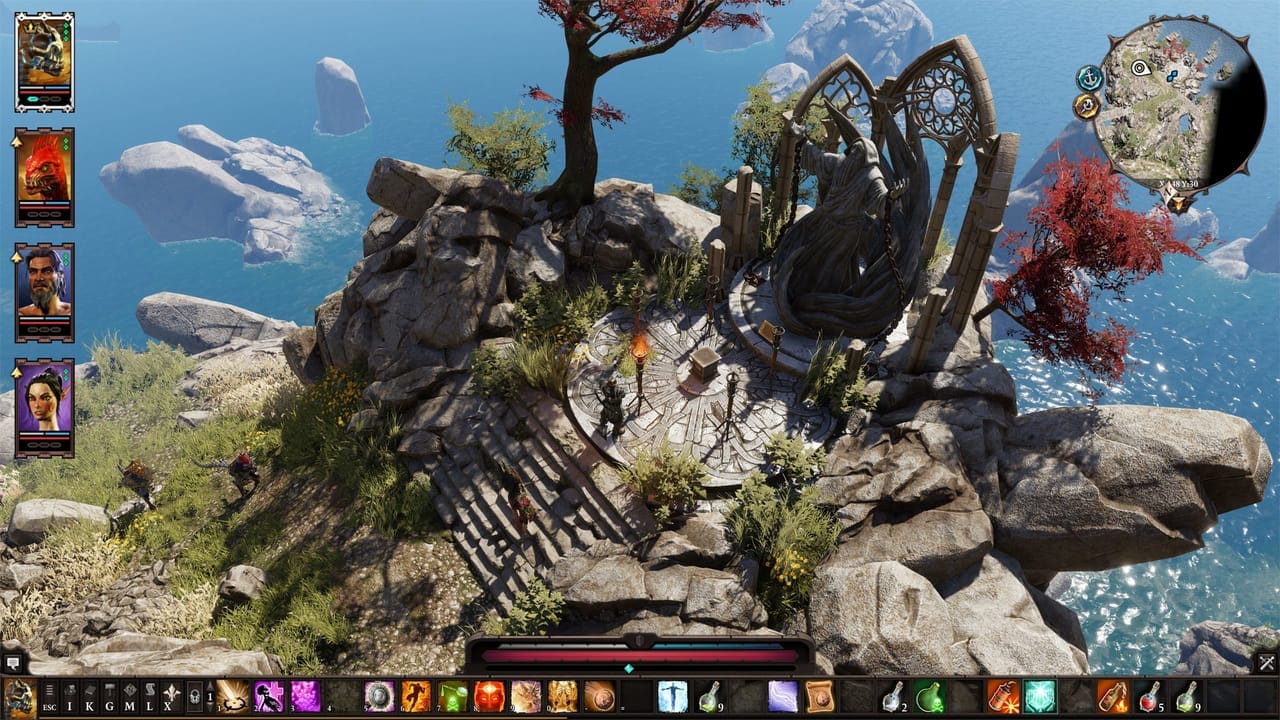
Divinity: Original Sin was also a Kickstarter game, but the choice of Divinity: Original Sin 2 belongs on the top of this list for being the one to more fully satisfy all of the criteria. It was a unanimous commercial and critical success that remains very connected with its playerbase. With over two million dollars raised in the 2015 campaign, D:OS 2 was released on September 2017 to a critical reception that took many by surprise. As a classic RPG it reinvented the genre instead of being confined to a slavish imitation of the classics.
Selling over a million copies by December, the reception was further cemented into commercial success, and the sales are bound to keep growing as RPGs are wont to do, having a longer shelf life than most genres. Larian Studios have been making Divinity games since 2002, beginning with classic Diablo-like action-RPGs Divine Divinity and Beyond Divinity. Later they turned to third-person open-world RPG in Divinity II, and finally the cross-genre monstrosity that was Divinity: Dragon Commander. The Original Sin games are the result of all these years of trial and error experimenting with RPG design, and the final refined formula in D:OS 2 definitely wouldn’t exist without all those other games.
2.Pillars of Eternity
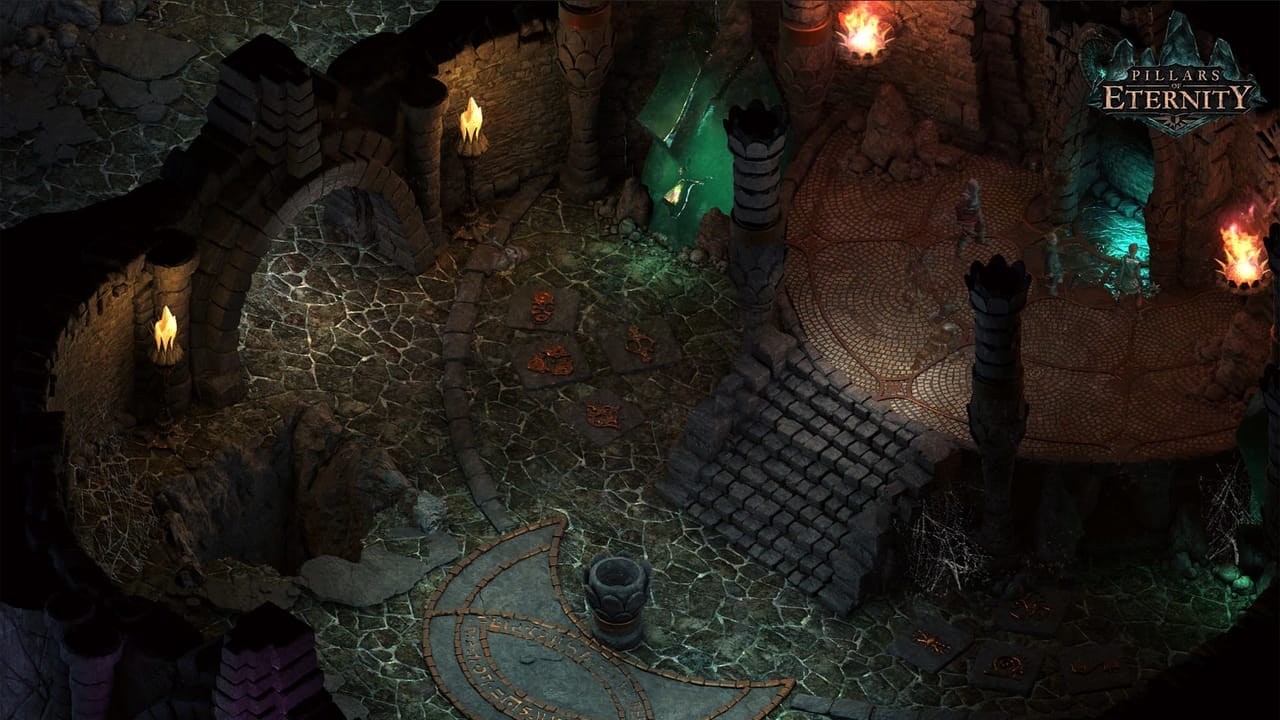
Originally Project Eternity, Pillars was the highest funded game on Kickstarter by the end of 2012, with almost four million dollars raised. It beckoned a new age for classic isometric RPGs in the tradition of the Infinity Engine RPGs such as Baldur’s Gate, Icewind Dale and Planescape: Torment by giving it the modern engine treatment. As chronicled in Jason Schreier’s book Blood, Sweat and Pixels, Pillars had a turbulent and complicated development history, and it was the last resort of Obsidian Entertainment to keep the studio afloat as they struggled with financial hazards.
The final result was a sprawling, deep, and at times overwhelming RPG that was met with positive reviews, and, as of February 2016, had sold over 700,000 copies. It received several patches since then, with the last one taking place in December 2017. In January 2017, Obsidian once again took to a crowdfunding platform to announce Pillars of Eternity II: Deadfire, recently released to a great reception as well.
There were crowdfunded games on Kickstarter before Pillars, but in many ways, it was a pioneering game that revitalized the RPG genre and paved the way for several other old-school RPGs, including the number one of this list. One could say that Pillars ushered the CRPG Renaissance.
3. Wasteland 2
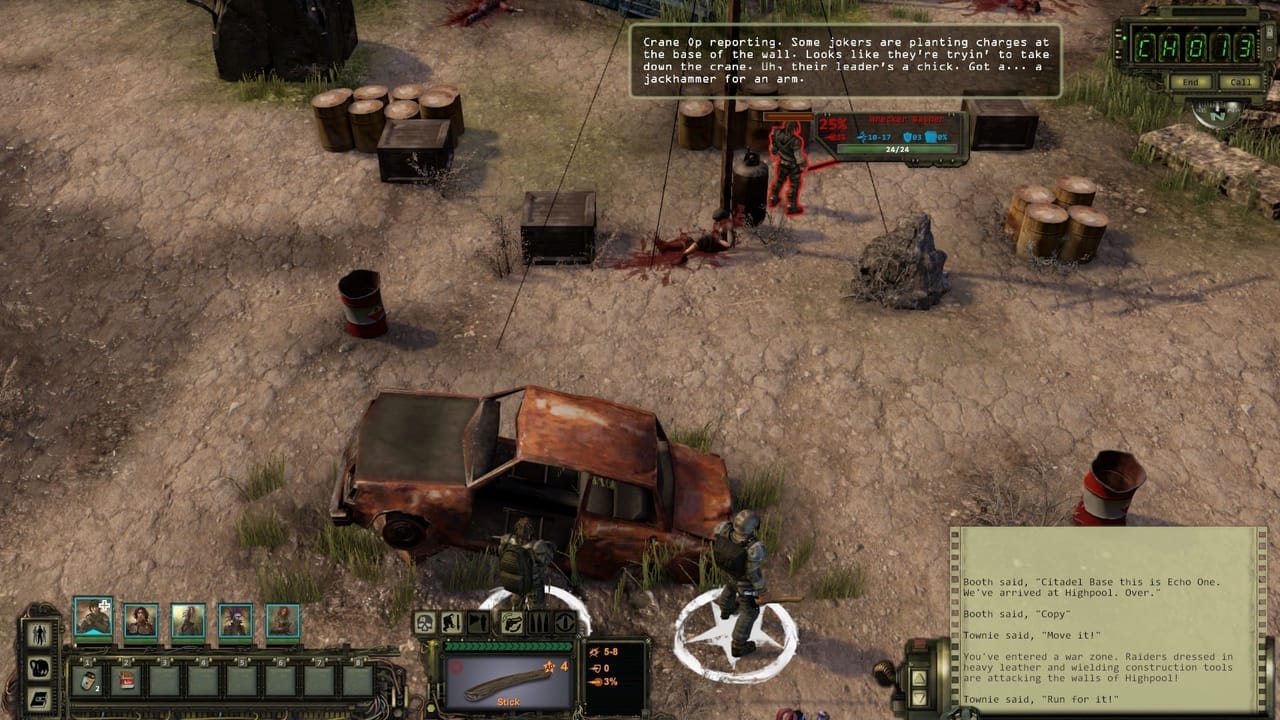
Another game that ushered the CRPG Renaissance was Wasteland 2 by InXile Entertainment, in many ways a kindred studio to Obsidian Entertainment, having roughly the same origins in Interplay and Black Isle Studios. The original Wasteland was Brian Fargo’s brainchild back in 1988. Fargo went to great lengths to acquire the Wasteland franchise (originally published by Electronic Arts, which retained the rights and later Konami acquired them) so he could make Wasteland 2. The original Fallout was a spiritual successor of Wasteland, and in many ways Wasteland 2 is a spiritual successor to the original isometric Fallout games, striving for the same kind of aesthetic and design.
Wasteland 2 had a positive commercial and critical reception in its original PC-exclusive version in 2014, but that wasn’t enough for InXile. In 2015, they released the Director's Cut, also available for PlayStation 4 and Xbox One, which was also well-received, though perhaps not as well as hoped. It also showed a gesture of good will toward the playerbase by giving owners of the original version a free copy of the Director’s Cut on Steam.
Wasteland 3 was also crowdfunded on another platform, same as Pillars of Eternity II: Deadfire, and is aimed for a multiplatform 2019 release.
4. The Long Dark
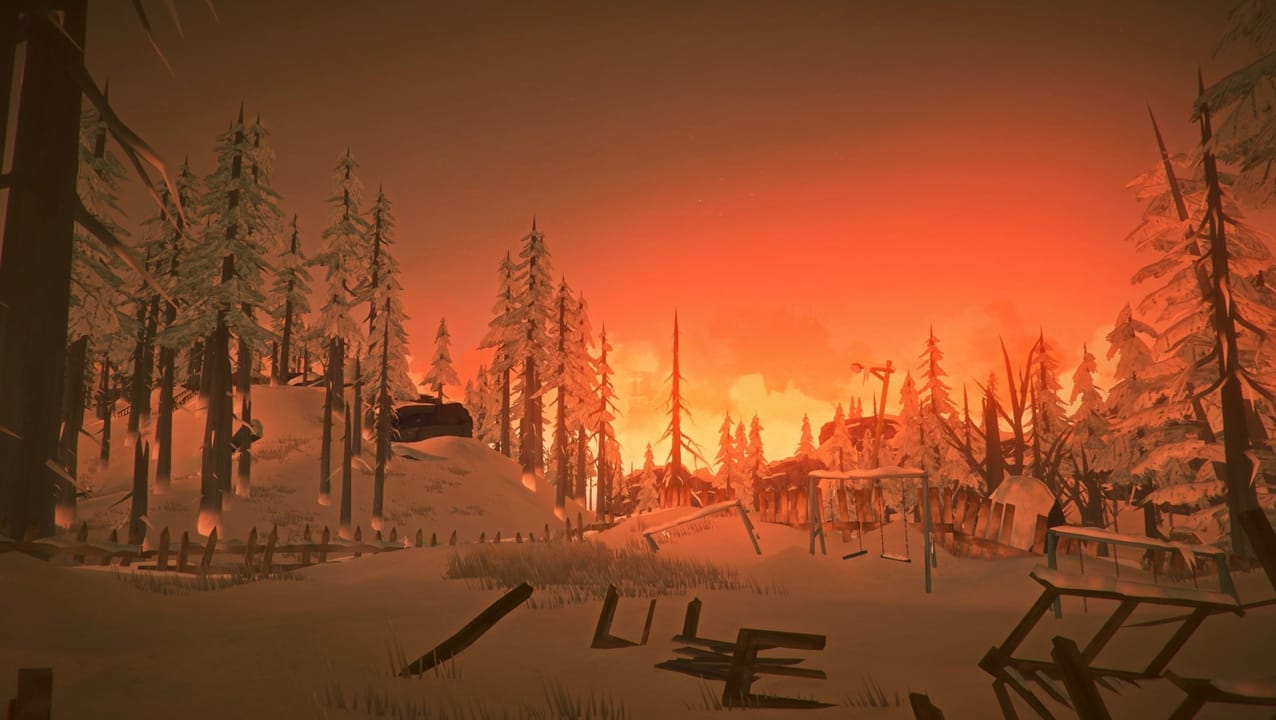
Funded on October 2013, The Long Dark was touted as a first-person post-disaster survival sim set in the Northern Canadian wilderness. With a unique visual palette and an interesting take on survival mechanics, it distinguished itself from the pack of survival games coming out of the woodwork at the time, focused as they were on zombies, cannibals, and monsters. The appeal of The Long Dark was the raw natural challenge of survival, and the quiet, thoughtful exploration it offered.
Released by Hinterland Studio on Early Access by September 2014, it remained there for three years of thorough gameplay refinement until September 2017, when it was released with a robust sandbox mode and the first two out of five episodes of the story mode, the remaining three still to come. While the story mode received a fair amount of criticism, the gameplay and the sandbox mode were refined to near-perfection. With over one million copies sold both on PC and consoles, The Long Dark is a somewhat flawed gem that is still being polished by the developers to keep the playerbase engaged in the long-term.
5. The Banner Saga
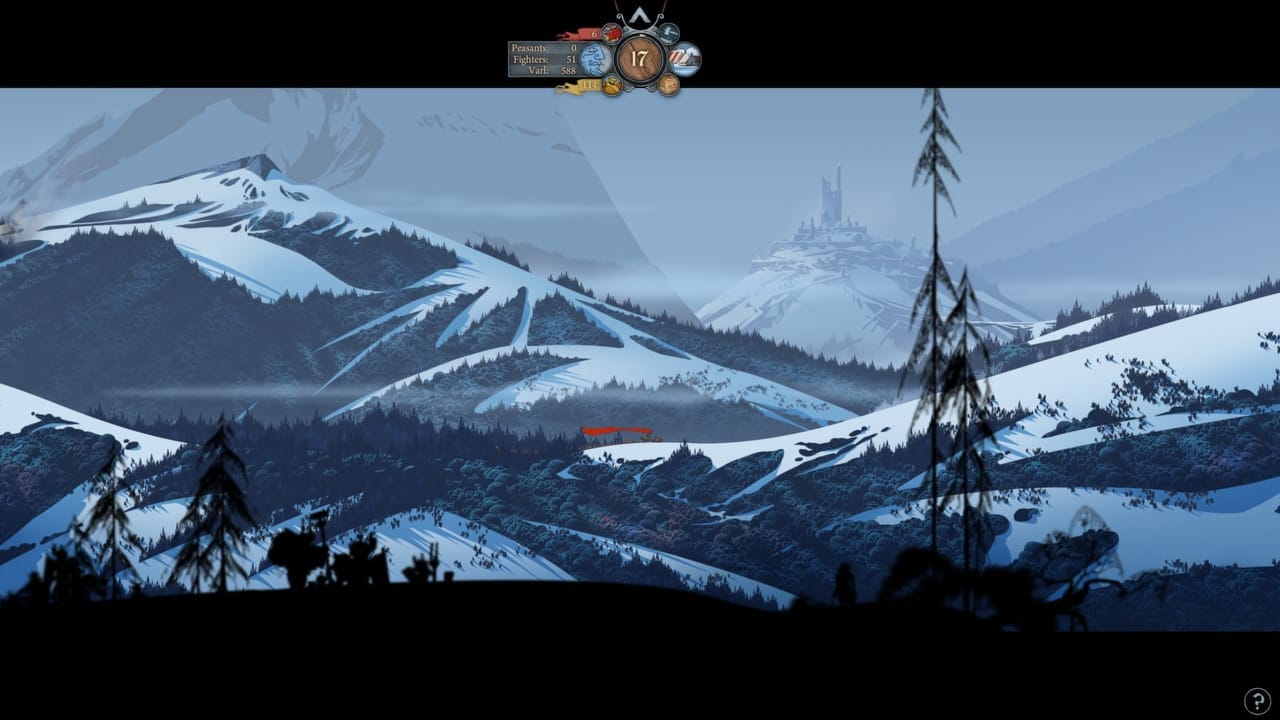
Stoic Studio was started by three former BioWare employees who left the company after Star Wars: The Old Republic to pursue the development of their own franchise: a mature, story-driven, turn-based tactical RPG: The Banner Saga. Funded in 2012 at about $700,000 of their $100,000 goal, the game was released in 2014 to positive reviews and a decent commercial reception that consolidated enough funds for the 2016 sequel, also just as well-received on both counts.
For the third and final installment of the franchise, the studio returned to Kickstarter once again, and The Banner Saga 3 is now due to release on July 24. Perhaps notable is the fact that Stoic resisted a common temptation in Kickstarter games, avoiding bloated stretch goals and lofty promises, being well-aware of the studio’s limitations, paring the game down to its bare essentials and refining them thoroughly. The Banner Saga is better for it as a concentrated effort in unique worldbuilding, minimal storytelling, and effective gameplay.
6. Kingdom Come: Deliverance
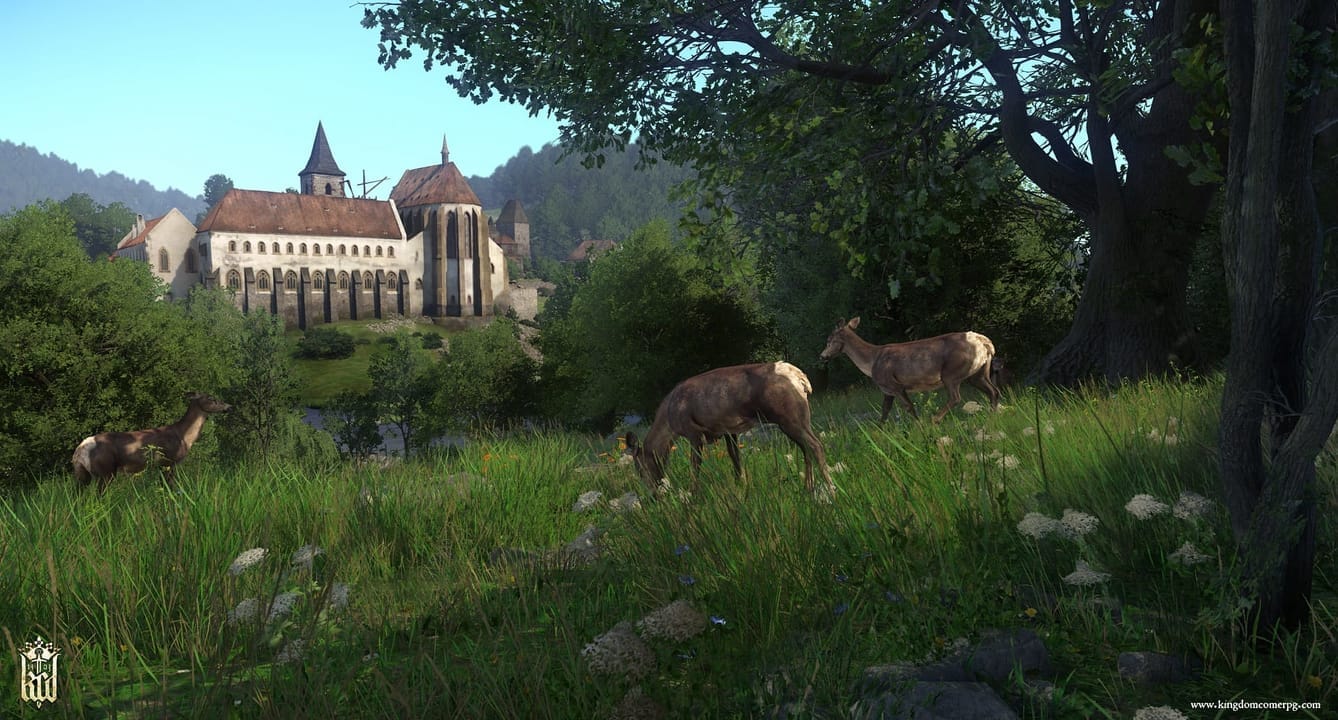
Warhorse Studios’ Kingdom Come: Deliverance was funded at over one million British Pounds in 2014 and will perhaps prove to be the most controversial choice in this list. The release on February 2018 saw a rapid commercial success reaching over one million copies within the first few weeks in spite of a divisive critical reception plagued by a plethora of bugs and almost unanimous janky experiences, particularly on consoles, where patch certification takes much longer to reach the playerbase. Not to mention the several controversial issues associated with the game’s director, Daniel Vávra.
KC:D remains a diamond in the rough. As a realistic, immersive simulation RPG, it is unsurpassed at what it does, in spite of the multitude of technical issues that plagued the release, which has since been patched several times. It is often a divisive experience: some have experienced several game-breaking bugs, and some (myself included) had no serious issues in that regard, apart from some performance jank and uneven frame rates. KC:D does wobble under the weight of its ambition, but it is more interesting for it. And while some stretch goal content has been cut to be repurposed as DLC, this is still a massive, deep game providing over a hundred hours of playtime for those willing to explore its nooks and crannies. It should be noted, however, that the Kickstarter funding was only a fraction of the full budget, reportedly over 36 million.
What are some other successes on Kickstarter? What would you put on your list? Let us know in the comments below!
Have a tip, or want to point out something we missed? Leave a Comment or e-mail us at tips@techraptor.net
